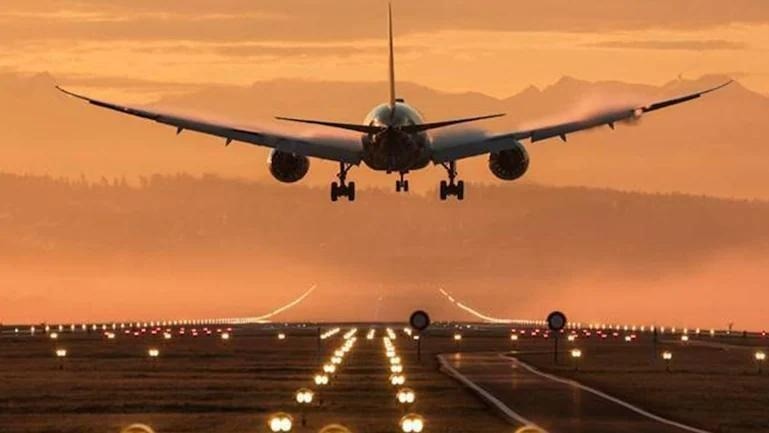India’s domestic air passenger traffic rose by 4.1% year-on-year in May 2025, reaching an estimated 143.6 lakh passengers, up from 138.0 lakh recorded in May 2024, according to the latest update from ratings agency ICRA. However, on a sequential basis, traffic remained largely flat compared to April 2025, indicating a plateau in monthly momentum.
The sector’s capacity deployment grew 5.1% YoY in May, with airlines operating around 98,353 departures, up from 93,551 in May 2024. The number of average daily departures stood at 3,173 for the month—an increase from the 3,018 daily flights last year but slightly lower than April’s 3,274.
The average number of passengers per flight came in at 146, marginally down from 147 in May 2024, but steady versus April 2025. The Passenger Load Factor (PLF)—a key efficiency metric—stood at 88.0%, dipping from 88.9% a year earlier, but up from 86.1% recorded in April.
In the first two months of FY2026 (April–May 2025), cumulative domestic traffic was estimated at 286.8 lakh, marking a 6.2% YoY growth. ICRA has forecasted domestic passenger traffic to grow by 7–10% in FY2026, to reach 175–181 million passengers, following a 7.6% rise in FY2025.
Despite steady demand, ICRA maintains a ‘Stable’ outlook for the aviation sector, while cautioning against downside risks stemming from elevated crude oil prices, restricted airspace over Iran and Pakistan, and a possible increase in insurance premiums following the recent Air India crash. Operational challenges, including engine-related groundings, crew shortages, and flight cancellations have also impacted service levels.
On the cost front, aviation turbine fuel (ATF) prices in June 2025 were 13.8% lower YoY and 2.7% down sequentially, providing some relief to carriers. Nevertheless, pressure on yields remains a concern as airlines strive to keep Passenger Load Factors stable amid competitive pricing and rising operational costs.
ICRA estimates the industry may report net losses of Rs 20,000–30,000 crore in FY2026, due to continued cost pressures, higher lease liabilities, and interest expenses. Still, this would be significantly better than the losses of Rs 23,500 crore and Rs 17,400 crore seen in FY2022 and FY2023, respectively.
Supply-chain issues, particularly those linked to engine failures and parts shortages—especially with Pratt & Whitney engines—have grounded a portion of the fleet across major airlines. Though the number of grounded aircraft has dropped to 40 as of May from 133 in March, airlines continue to face increased lease rentals and operational inefficiencies due to the use of older or replacement aircraft.
Going forward, industry profitability will depend heavily on maintaining high load factors, rationalising fares, and managing fleet availability amid global delivery delays. As passenger demand stabilises, airlines may need to balance cost control with service quality to maintain their recovery trajectory.







